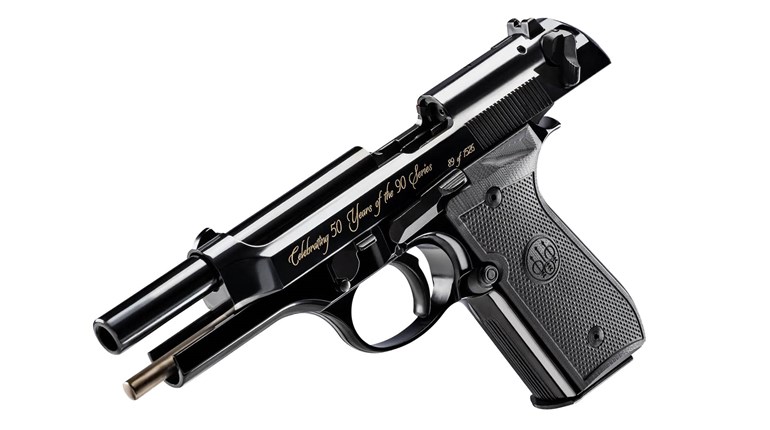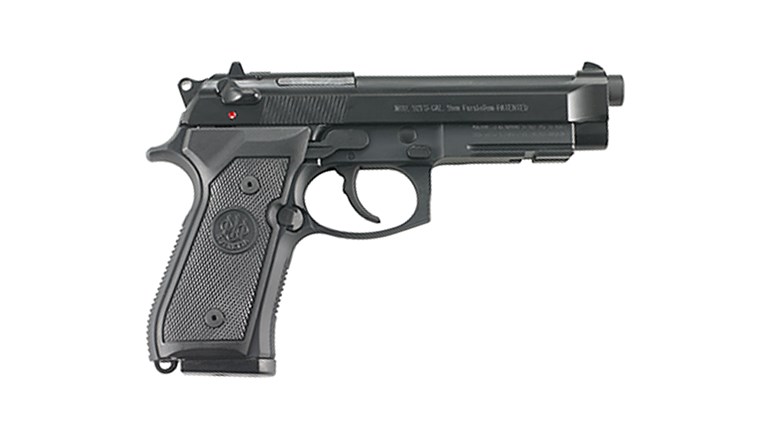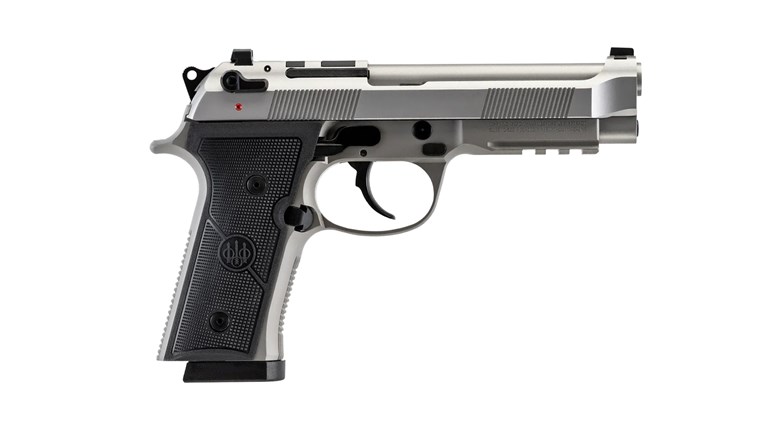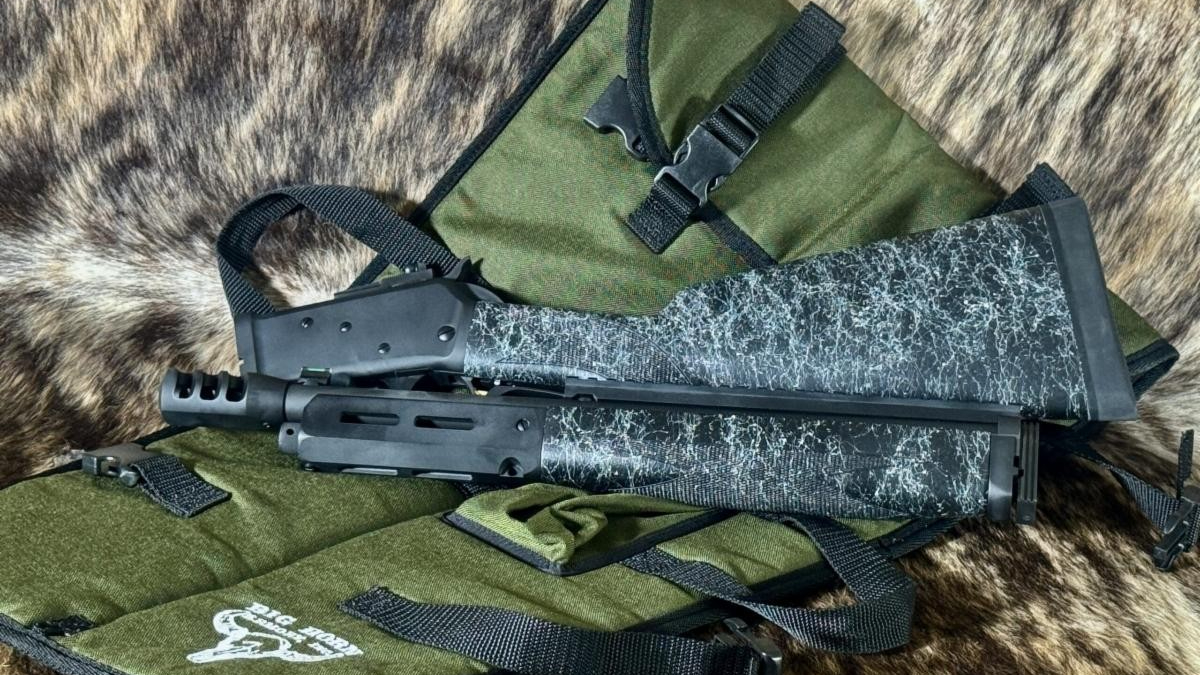
Recent General Officer’s pistols have been gussied-up versions of the U.S. Military’s standard-issue sidearm, like the fancy Beretta M9 seen here that belonged to Marine Corps Commandant Gen. P.X. Kelley.
We’ve had a United States Army since the Revolutionary War, and generals to run that army for just as long. The responsibility asked of a handful of Soldiers who make it to General’s rank is massive. It is recognized by salary, insignia, privilege and, as of 1944, the opportunity to be issued a special pistol. The nature of that pistol has not always been ideal as a combat handgun, but has always been a handsome badge of rank. There have been four different variations of the pistol, and we will look at each in turn. The various pistols were shipped with a beautiful belt and holster.
The carry system was essentially the same for all variations, so let’s first get into the details of the dressiest rig any General ever buckled on to go to work. Any interested observer can glance at GEN George S. Patton’s famous two-gun rig and see where it probably started. Patton, an Olympic pentathlon competitor, was awarded the stars of a Brigadier General in the early years of World War II. He began to carry a Colt Single Action Army .45 and a Smith & Wesson .357 Mag. in matching right- and left-side holsters. The two holsters rode on a leather version of the original canvas belt known as the Garrison belt. The most attractive part of the belt was a two-piece round buckle, where two interlocking circles formed the front closure. The front face showed a beautifully rendered seal of the United States on the officer’s version. Late in the war in Europe, the Army decided to make the special General’s pistol a reality.
The first gun cast in the role was a Colt. At the outset of the war, the army acquired quantities of any firearm that might be useful, including several hundred Colt Model Ms, a mid-size .380 ACP. While the standard-issue pistol was the respected 1911 .45 ACP, any General who wanted one could have a lighter, less powerful .380 ACP pistol. The smaller and less powerful cartridge apparently did not concern anyone. The choice also suggests the real rationale in having a General Officer’s Pistol. The fancy belt and gun were a badge of office and not really intended for the General to fight with. Some unknown number of Model M .380s were also in the varied armories of the OSS (Office of Strategic Services). From 1944 to 1950, many general officers carried the little Colt as an emblem of their rank.
Since the supply of .380-caliber Model M Colts was finite, the Army began to cast about for a replacement. As it happened, there were several thousand of Model Ms chambered in .32 ACP.
These semi-automatic pistols were pressed into service as General Officer’s Pistols, as they were dimensionally interchangeable with the .380s and the supply of .32s actually was slightly greater than that of 380s and lasted until 1972.
The next General Officer’s Pistol had a complicated development history, but the gun was a step in the right direction. They were made by civilian gunsmiths in the employ of Rock Island Arsenal. The gun was a version of the legendary Model 1911. Like the service pistol, the handgun was chambered in what many saw (and still see) as the best service cartridge of all time—the .45 ACP. On this version, the gun had a sort of “Commander” style, with a slide .75 inch shorter than the regulation gun. There were a number of other refinements, including a plate embedded for engraving in the checkered walnut grip. Many general officers fondly recall carrying this special .45, which was officially designated the Pistol, General Officer’s, M15.
The next chapter in our story happened in 1985 when the Armed Forces of the U.S. adopted the Beretta Model 92 9 mm pistol, called the M9 in military terms. It would become the latest iteration of the General Officer’s Pistol. This version was different only in the sense of the serial number. The leather was the same as the earlier versions.
Within the past few years, the Army has again changed its sidearm to another make and model. At present, the General Officer’s Pistol is a SIG Sauer, though I have yet to see even a picture of one of the latest models issued to those holding flag rank.
Those who wore the .45 ACP variants somehow got better performance than those who carried those classy-looking aforementioned .32 ACPs—better fightin’ iron.






































